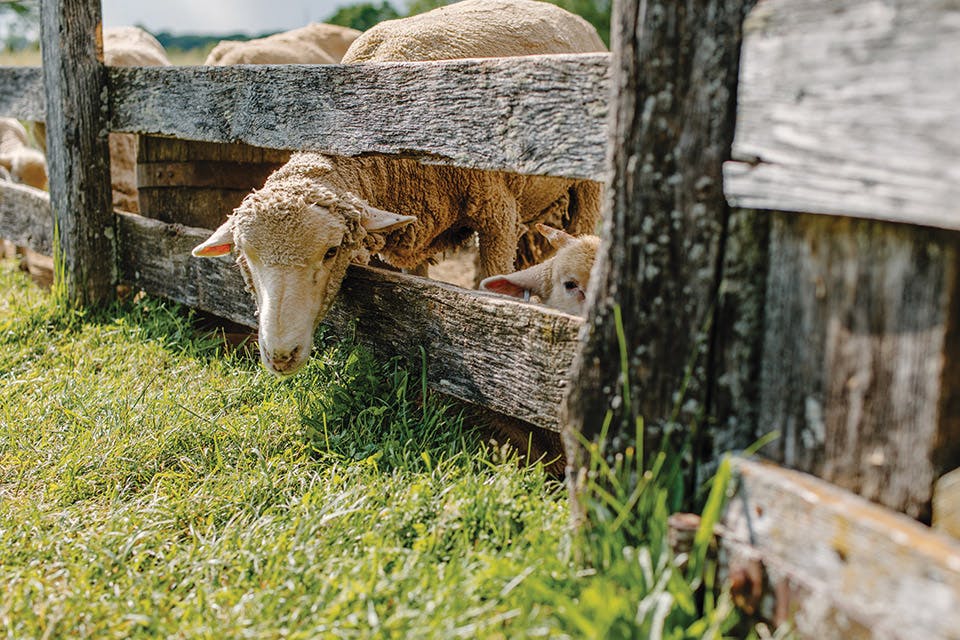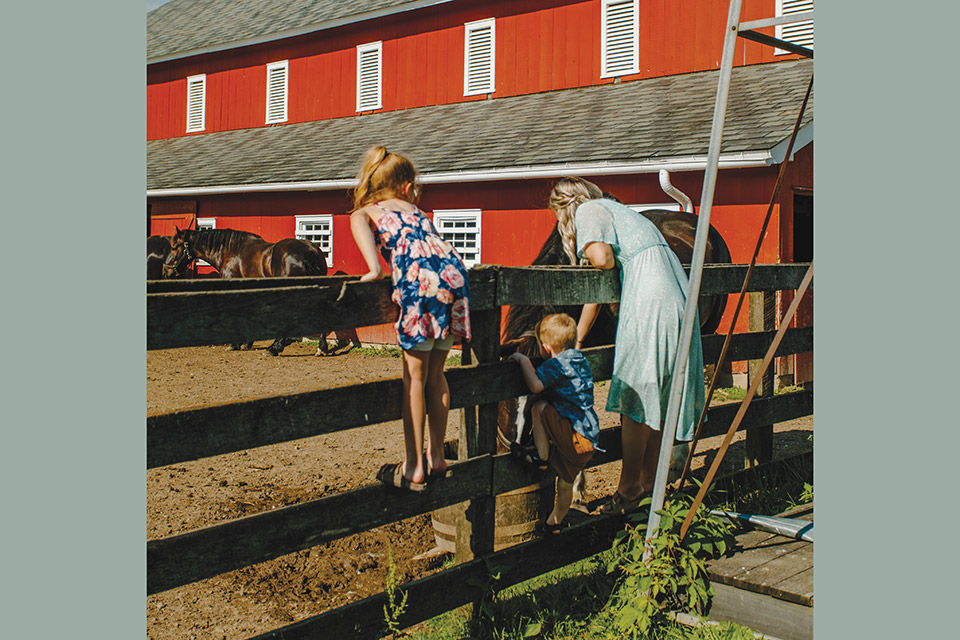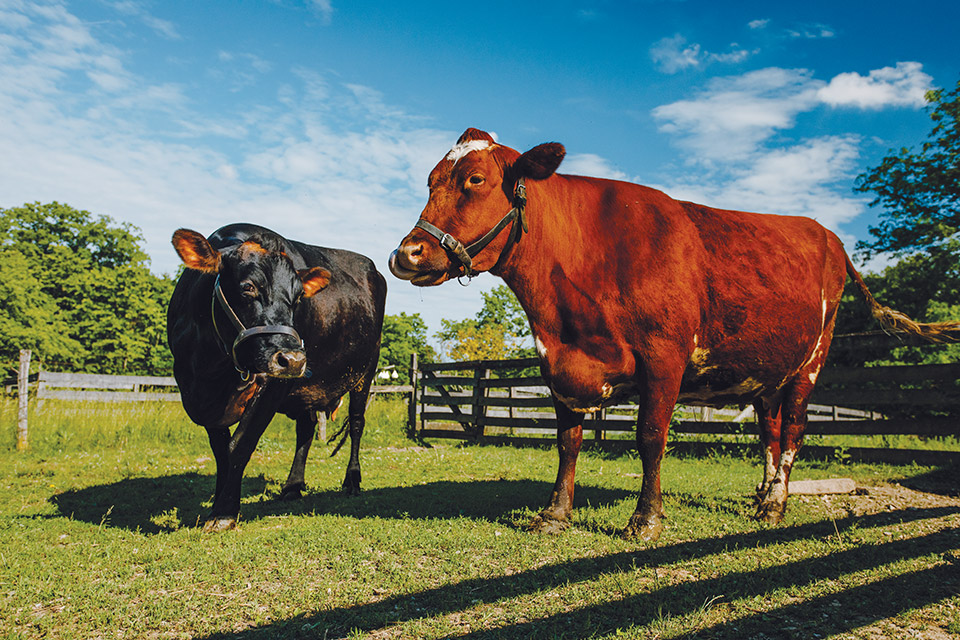Travel
Slate Run Living Historical Farm, Canal Winchester
The 19th-century farmstead of Samuel Oman today teaches visitors what life was like during the heyday of Ohio farming.
Related Articles

Ohio Farmer Lee Jones Appears in a New TV Series
“The Chef's Garden” from Rachel Ray and International Content’s Free Food Studios is set to premiere on the A&E network Jan. 27. READ MORE >>
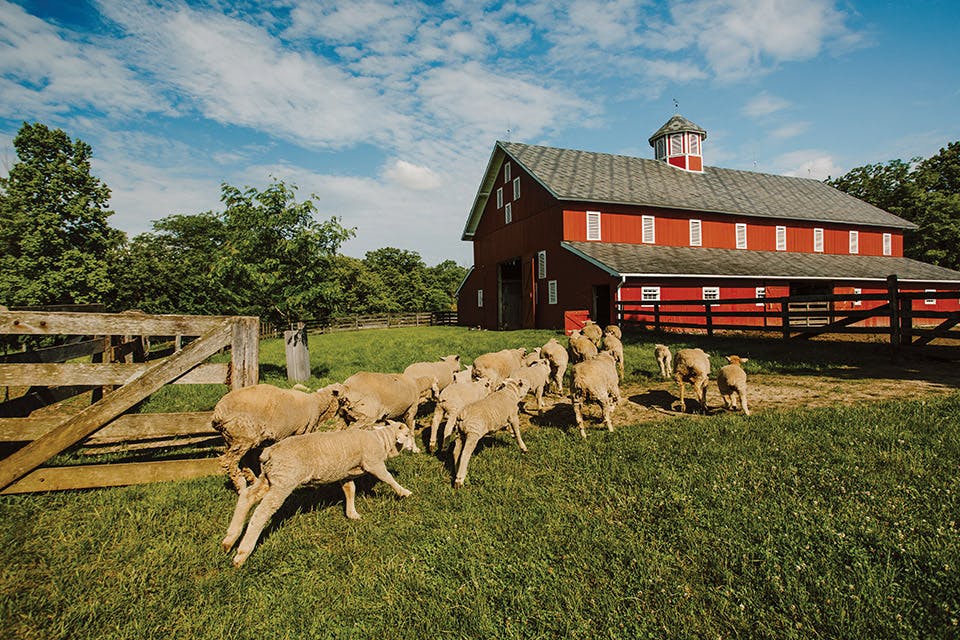
3 Unique Small Farms in Ohio
From a living-history destination to a legacy property to an operation owned by three first-generation woman farmers, these places celebrate and illustrate our connection to the land. READ MORE >>
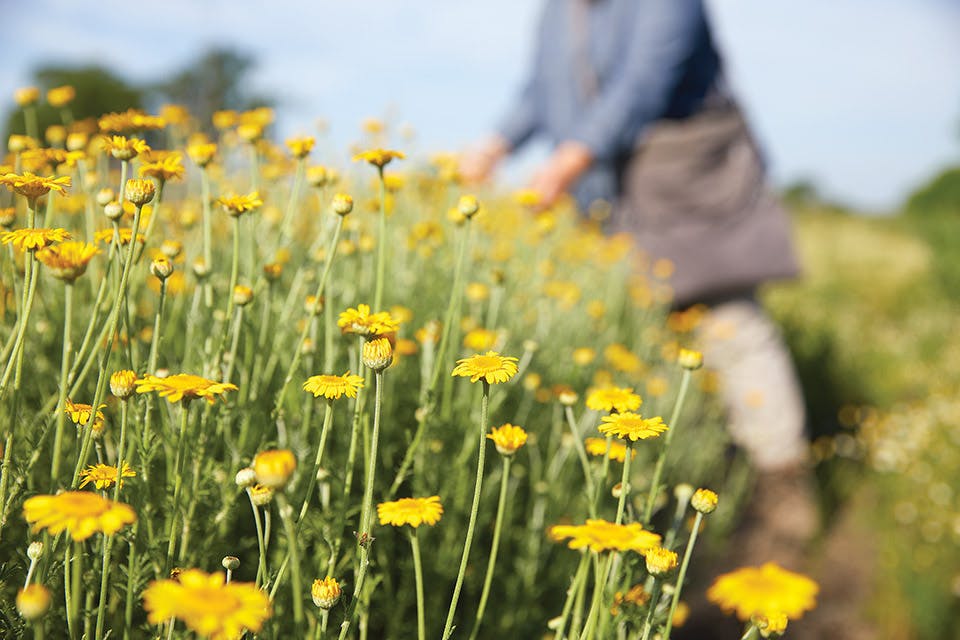
Foraged and Sown, Columbus & West Jefferson
A certified organic farm operating since 2015, Foraged and Sown literally started in Kate Hodges’ backyard. READ MORE >>


